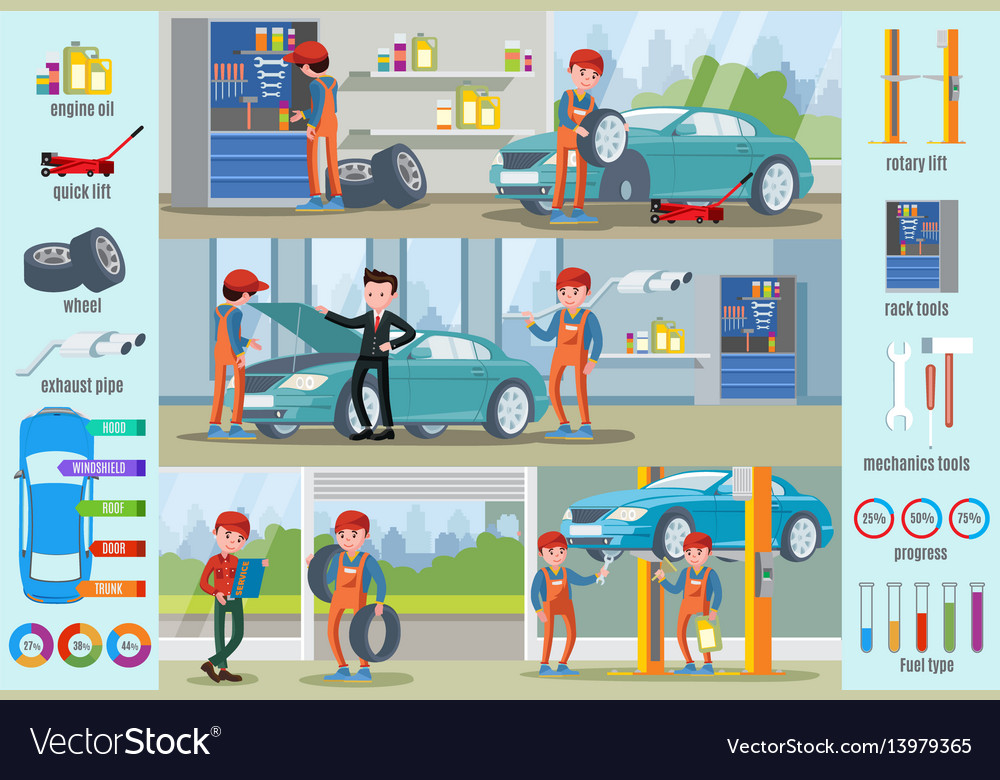Deciphering Your Automobile'S Warning Indicators: What They Truly Signify
Deciphering Your Automobile'S Warning Indicators: What They Truly Signify
Blog Article
Developed By-Hartley Dalgaard
When you lag the wheel, those radiant caution lights on your control panel can be a bit perplexing. Do you recognize what they're attempting to inform you about your cars and truck's wellness? Recognizing the significance of these lights is vital for your safety and the longevity of your automobile. So, https://www.nbcbayarea.com/investigations/consumer/how-to-protect-your-car-from-catalytic-converter-theft/2662863/ among those lights turns up, would not you want to understand its message accurately and take the required actions to resolve it?
Common Warning Lighting and Interpretations
Recognize usual warning lights in your vehicle and recognize their meanings to guarantee risk-free driving.
The most common caution lights consist of the check engine light, which signifies problems with the engine or discharges system. If this light begins, it's crucial to have your automobile inspected without delay.
The oil stress advising light suggests low oil pressure, requiring immediate attention to prevent engine damages.
A blinking battery light might recommend a malfunctioning charging system, possibly leaving you stranded otherwise resolved.
The tire pressure surveillance system (TPMS) light signals you to low tire stress, influencing vehicle security and fuel effectiveness. Neglecting this could result in harmful driving conditions.
The abdominal light shows an issue with the anti-lock braking system, jeopardizing your capacity to quit swiftly in emergencies.
Finally, vehicle detailer advising light warns of engine getting too hot, which can cause extreme damages if not settled quickly.
Comprehending these common caution lights will certainly aid you deal with issues immediately and preserve secure driving problems.
Value of Prompt Interest
Comprehending the common warning lights in your auto is only the initial step; the importance of immediately addressing these warnings can't be highlighted sufficient to guarantee your security when traveling.
When a warning light brightens on your dashboard, it's your car's means of connecting a potential issue that needs interest. Neglecting these cautions can bring about much more serious issues later on, endangering your safety and possibly costing you more in repairs.
Prompt attention to advising lights can avoid malfunctions and accidents. For instance, a blinking check engine light could show a misfire that, if left neglected, can create damage to the catalytic converter. Resolving this immediately can save you from an expensive repair.
Similarly, a brake system advising light could indicate reduced brake fluid or used brake pads, essential components for your safety when driving.
Do It Yourself Troubleshooting Tips
If you see a caution light on your control panel, there are a few DIY troubleshooting ideas you can try before seeking expert aid.
The initial step is to consult your car's manual to recognize what the details warning light indicates. In some cases the issue can be as easy as a loosened gas cap causing the check engine light. Tightening up the gas cap may settle the trouble.
One more typical concern is a reduced battery, which can cause numerous advising lights. Inspecting the battery links for corrosion and guaranteeing they're secure might take care of the trouble.
If a warning light continues, you can try resetting it by separating the cars and truck's battery for a few minutes and after that reconnecting it. Additionally, examining your vehicle's liquid levels, such as oil, coolant, and brake liquid, can aid repair alerting lights connected to these systems.
Verdict
In conclusion, comprehending your vehicle's caution lights is vital for keeping your car running efficiently and safely. By immediately attending to these signals and recognizing what they mean, you can stay clear of expensive fixings and prospective breakdowns.
Remember to consult your auto's manual for certain information on each cautioning light and act appropriately to guarantee a hassle-free driving experience.
Remain educated, stay risk-free when driving!
